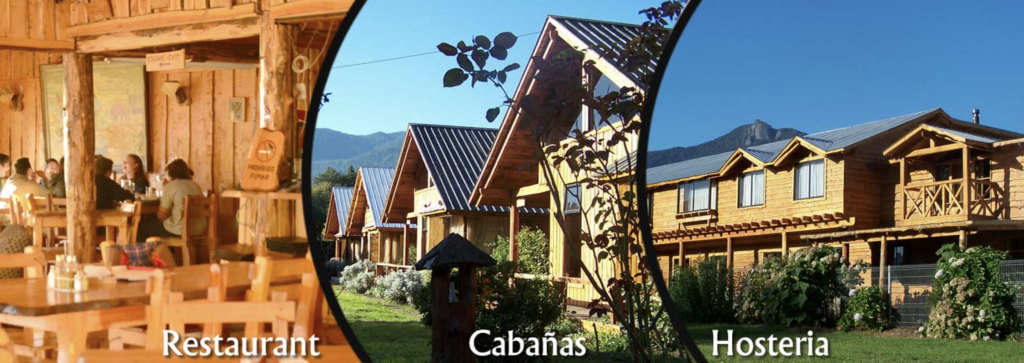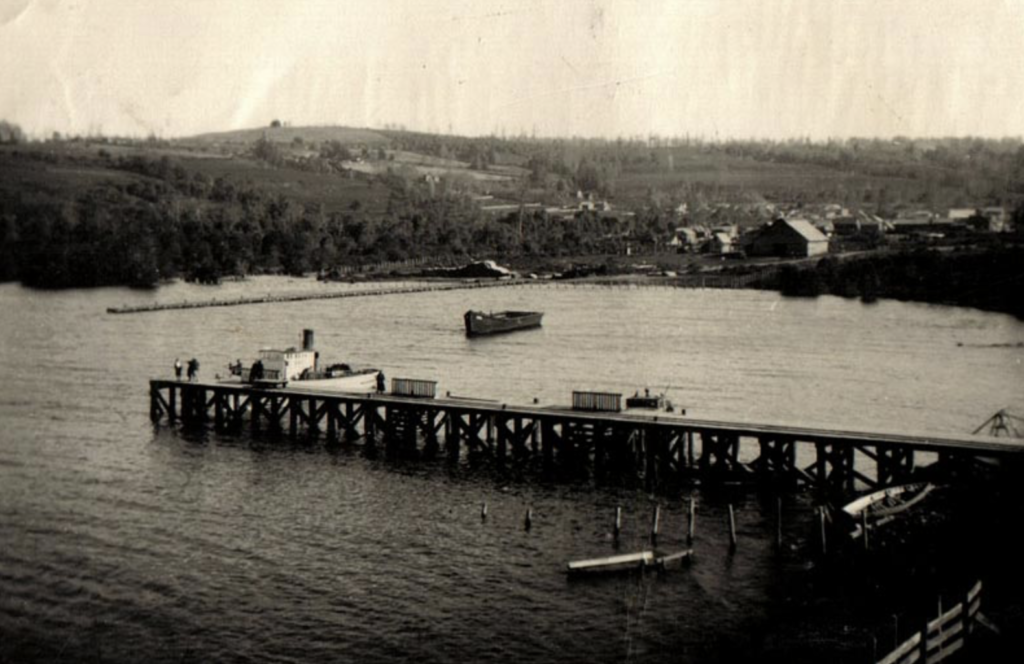
Rucapillan was built in the early 70s by mister Antolín Labraña and Mrs. Margarita Olmos, pioneers in providing accommodations and food services in the former timber area of Panguipulli. Since the beginning of the 80s the Labraña Baeza family has made Rucapillan a cozy and prestigious place in the commune of Panguipulli. We have achieved the Tourist Quality Seal "Q" by Sernatur, a distinction for service providers who meet the quality standards they deserve.
History of Choshuenco
Place of the Yellow Waters (Meaning in Mapudungun)
A small locality of 1,000 inhabitants, Choshuenco was a port that exported wood harvested from the interior valleys of the region. It operated as such from the 1950s to the 1970s, with its ships routed through Lake Panguipulli.
Since its beginnings in the 1940s, wood was its primary export, as forestry was the primary industry of the entirety of the Panguipulli region. Choshuenco was populated by indigenous Mapuche people as well as colonists that came from the forests of Valdivia seeking more untouched “green gold”— wood.



One of the defining events in the history of Choshuenco occurred on January 20, 1970, when a fire destroyed a large part of the small population. This incident was caused by the burning of a local home that was adjacent to the old Hotel Rucapillan. The fire completely destroyed that family’s home and the old Hotel Rucapillan before going on to wipe out much of the rest of the town.
Choshuenco is also in close proximity to the volcano Mocho-Choshuenco, which is 2,430 meters above sea level. The last great eruption of the Mocho-Choshuenco volcano was recorded in 1864.
On Choshuenco beach, Vapor Enco lies abandoned. The boat was a major means of transport for the people of Choshuenco. It used to travel to Lake Panguipulli three times a week with a capacity of 150 people, or 15% of the population of Choshuenco.



